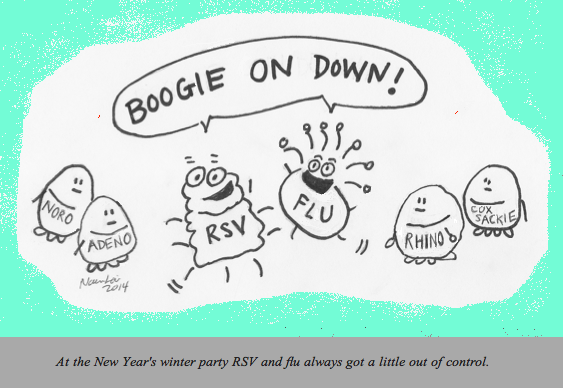Does my child have strep throat?
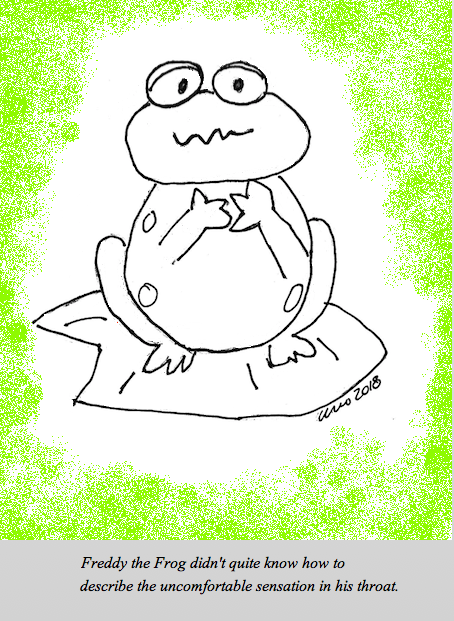
The school nurse calls to say, “I have your child here with me and she has a sore throat. I think you should take her to the doctor to see if it’s strep throat.”
What IS strep throat?
Strep throat is a throat infection caused by Group A streptococcus (Strep pyogenes) bacteria. Symptoms can include sore throat, fever, pain with swallowing, enlarged lymph nodes (glands) in the front of the neck, headache, belly pain, vomiting, and rash. Not all symptoms are present in all kids with strep throat. Some kids look fairly ill and others with strep don’t look too bad.
Kids with strep throat do NOT typically have cough, profuse runny nose, or diarrhea. Only about 15 percent of all kids coming to our offices with a main concern of “sore throat” actually have strep throat. That means that MOST kids with sore throats turn out to have something else, most commonly a virus.
Why do we care about strep throat?
Most children’s immune systems are really good at fighting the strep germ. In fact, most kids would recover even if they were not treated. However, some kids’ immune systems go a little haywire when fighting the strep germ. In addition to making antibodies (germ-fighting cells) to fight the strep, they make antibodies against their own heart valves (immune system gets confused). When antibodies attack the heart valve, kids can get rheumatic fever.
Treating strep throat with antibiotics shortens the duration of the illness by only about one day, but more importantly, treatment prevents the body from making the wrong kind of immune cells, or antibodies, against the heart valves. Fortunately, treating strep is not an emergency: starting antibiotics within NINE DAYS of symptoms is good enough to prevent rheumatic fever.
Strep throat can also lead to other complications such as scarlet fever (strep throat plus sandpaper-like rash on the skin), peritonsilar abscesses (pus pocket in the tonsils) and kidney inflammation (first symptom can be cola-colored urine).
How do we know if your child has it?
To definitively diagnose strep throat , we use a long cotton swab to gently swipe the sore throat and obtain a sample of the germs. This sample goes to the laboratory to culture for Group A strep. In other words, we wait to see if the germ grows from the sample.
Doctors cannot diagnose strep throat over the telephone. Nor can doctors or nurses rely solely on physical exam findings, because while there is a “classic” look to strep throat, some kids with sore throats have normal appearing throats yet the test reveals strep. Others have yucky looking throats but in fact have some other viral infection. We physicians ask questions about your child’s symptoms and perform a thorough physical exam and then do a “strep test” if we suspect strep throat. Even doctors send their own children to the doctor for testing. Dr. Lai’s teen was just sent to her pediatrician’s office last week with a sore throat to check for strep the day before a track meet.
Isn’t there a quick way to know?
Many pediatric offices use rapid strep tests to help make a quick decision about treatment because the strep culture takes 48 hours or more to finalize. These rapid tests are fairly reliable, but sometimes can be negative (shows NO strep) even if strep is present, so most doctors send a culture back-up if the rapid test is negative. The other problem with the quick test is that once your child has strep, the quick test can stay positive for about a month, even if your child no longer has strep disease. So if a child is treated for strep throat and then develops another sore throat within a month of treatment, that child needs a strep culture back up if the office quick test is positive.
To further complicate matters, some kids “carry” the strep germ in their throats but never develop the disease (no sore throat or illness symptoms). These kids will test positive for strep but do not require treatment. This is why we do not routinely check kids for strep throat unless they have the typical symptoms. Antibiotics come with their own risk of side effects so we want use them only when absolutely necessary.
What is the proper treatment for strep throat?
The easiest way to treat strep throat is with the antibiotic amoxicillin, taken once daily, for ten days. Penicillin twice daily for ten days also treats strep throat but the liquid form doesn’t taste as good a amoxicillin so can be a little harder to give your kid. Your child’s pediatrician will prescribe one or the other. If your child is allergic to penicillin, your child’s doctor will prescribe a different antibiotic that is also effective.
My child was treated for strep throat. We finished the antibiotic. Three days later his sore throat is back. Why did this happen?
Most likely, your child contracted a new illness. The illness may or may not be strep again. Often the new sore throat is the viral-cold-of-the-day starting up. If your pediatrician determines that the sore throat is from strep, the most common reason for getting two episodes of strep throat close together is that your child contracted the germ again (usually from a classmate). It’s not that the antibiotic did not work. It’s just bad luck that your child got it again. Your child’s doctor can use the same antibiotic to treat the second strep or may opt to use a different one.
Fortunately, strep throat has not shown much, if any, resistance to standard antibiotic therapy. The reason that we treat children (and adults) for a full course of antibiotic is that this duration helps prevent complications. You should give your child the complete course of antibiotic her health care provider prescribes, even if she feels better part way through the treatment. In addition to treating with antibiotic, be sure to provide pain medicine such as acetaminophen (eg. Tylenol) or ibuprofen (eg. Motrin or Advil). Here are more suggestions to treating sore throat pain. Good news: after 12 to 24 hours after the first dose of antibiotic, your child is no longer contagious. If they feel better, they can return to school after this time.
Contact your child’s doctor during treatment if your child experiences increasing pain, inability to swallow, seems dehydrated, or look worse instead of better.
Julie Kardos, MD and Naline Lai, MD
©2018 Two Peds in a Pod® Updated 10/1/2019
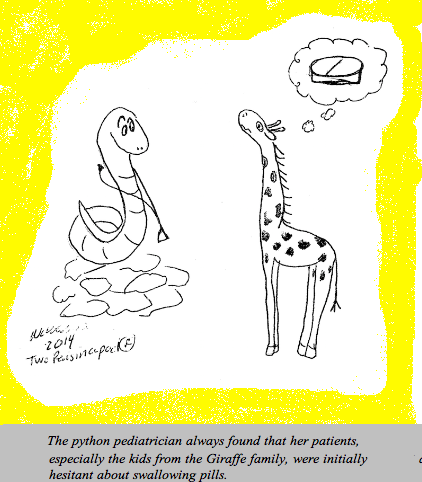 Does your kid spit out medicine? Clamp her jaws shut at the sight of the antibiotic bottle? Refuse to take pain medicine when she clearly has a bad headache or sore throat?
Does your kid spit out medicine? Clamp her jaws shut at the sight of the antibiotic bottle? Refuse to take pain medicine when she clearly has a bad headache or sore throat?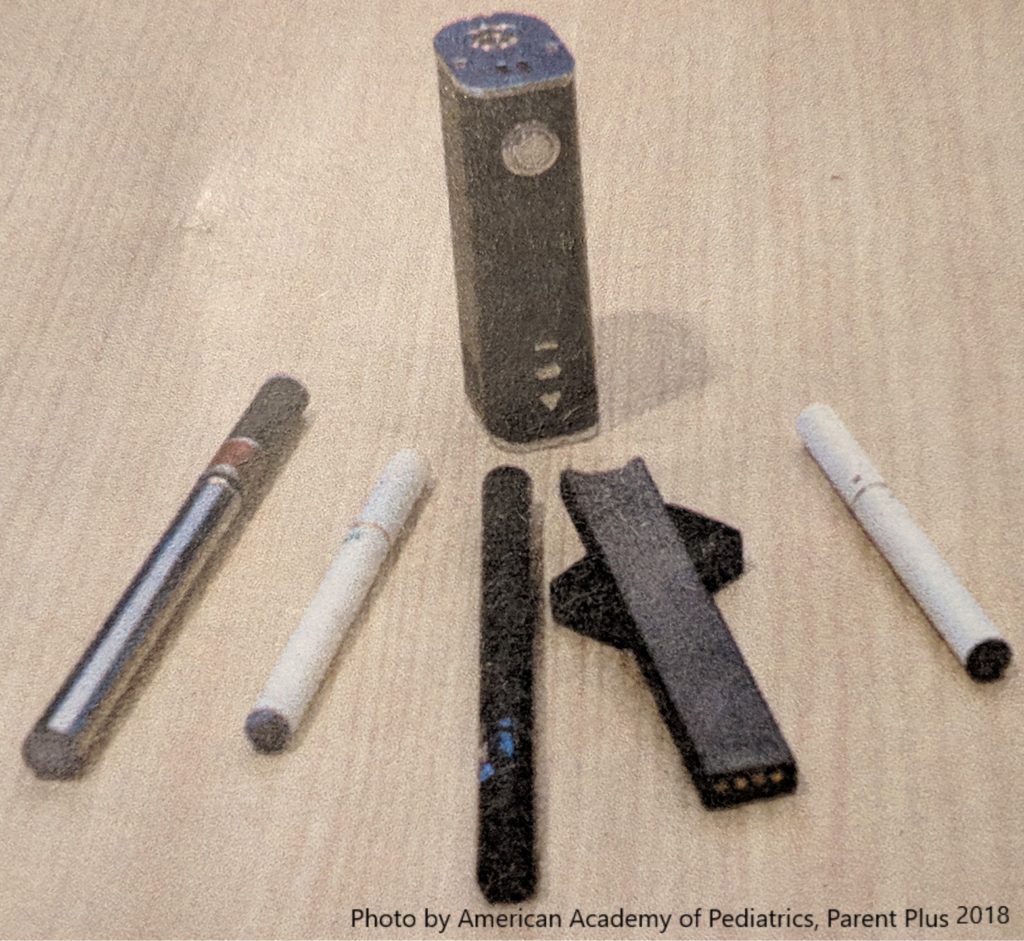 It’s time for another Two Peds in a Pod photo quiz.
It’s time for another Two Peds in a Pod photo quiz.
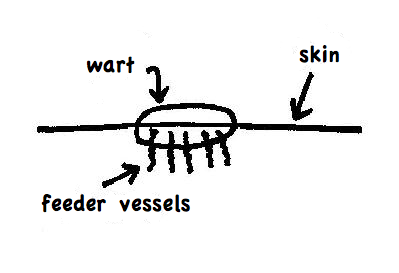
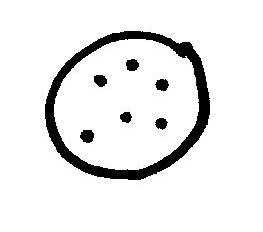

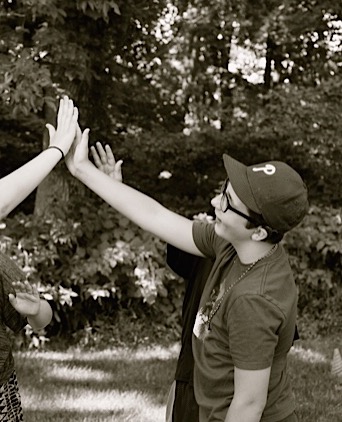
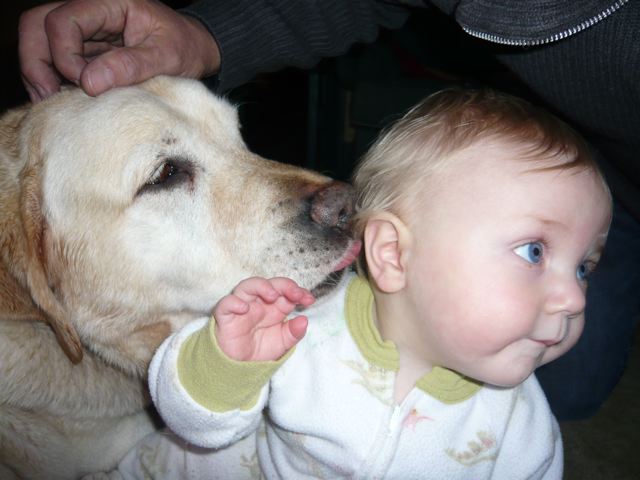
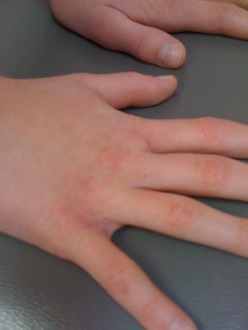
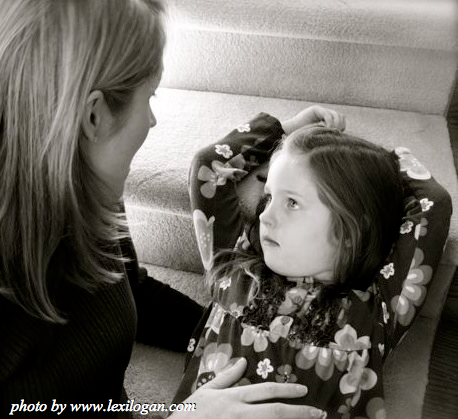 In light of the recent school shooting in Parkland, Florida, you may be left wondering if, and how, to explain this or other tragedies to your children.
In light of the recent school shooting in Parkland, Florida, you may be left wondering if, and how, to explain this or other tragedies to your children.